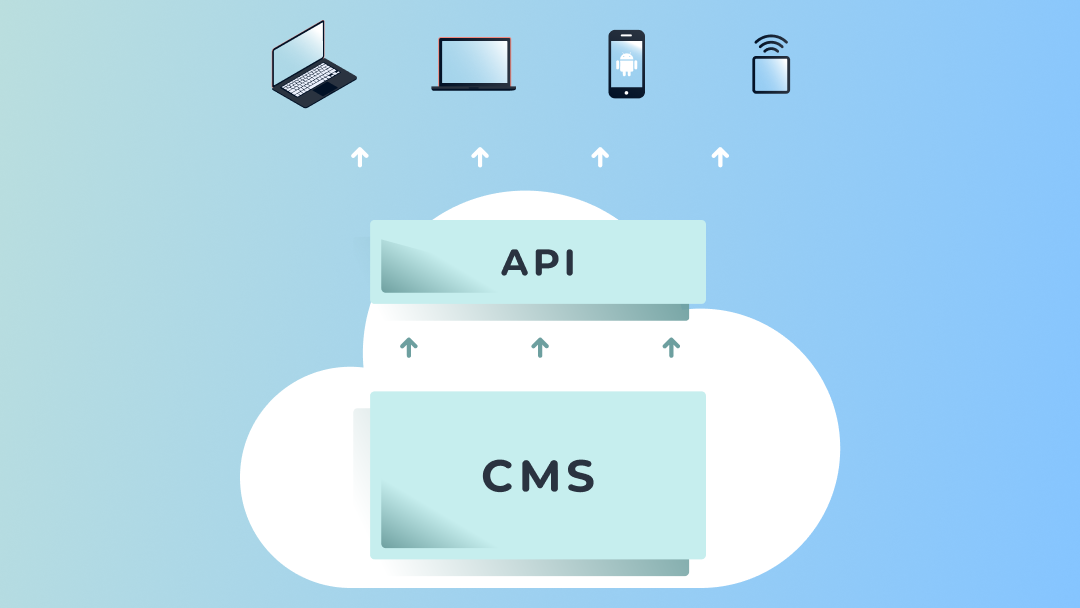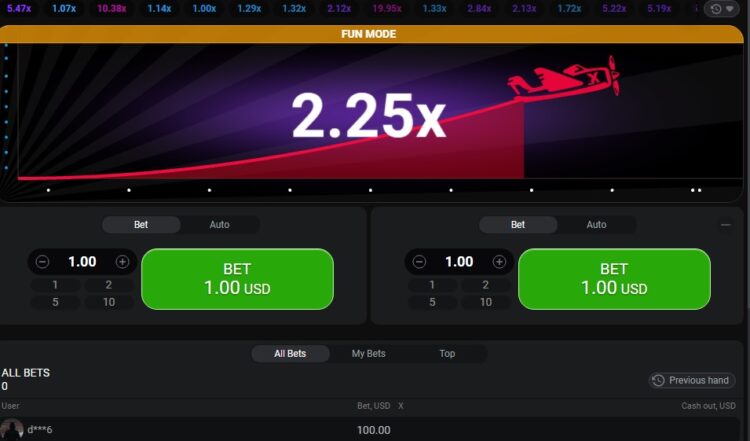
Headless CMS in Multi-Frontend Architectures: What Developers Should Know
Now more than ever, with a digital experience spreading across various devices, platforms, and user interfaces, contemporary development calls for a multi-frontend approach. From websites to native mobile apps to smart TVs to connected home devices and voice-activated assistants, the same content must be accessible and reachable at all interaction points. Thus, the connected development team relies on the headless CMS solution to facilitate a consistent experience. A headless CMS removes the content from the delivery layer, generating the flexibility and organization needed to effectively support a complicated multi-frontend existence. Yet, with such complexity, developers need to evaluate and implement several factors that concern architecture implementation and future developments.
Content Models Built for Separate Frontend Interaction
When using multiple frontends, content lives in multiple places, versions, or interactions. Thus, developers must construct content models that are solely based on the potential usage of content without any guarantee of how the content will appear. This means they cannot assume visual presentation but must rely on natural semantics of the content itself titles, body copy, video and imagery, tagging, and metadata utilized as structured data (i.e., data not visual components). A content model should assume that the content could appear on a website card, in a push notification on mobile, or spoken to the user via a voice UI. Storyblok visual editor bridges this abstraction by allowing non-technical users to preview modular content in real-time across different output scenarios, ensuring structure doesn’t come at the expense of editorial confidence. This type of abstraction encourages expansion and standardization even as frontends change or add to the mix.
Accessing APIs to Enable Synchronous Frontend Development
One of the best advantages of the headless CMS is its API access nature. When multiple frontends are at play, developers often develop different channels of delivery at the same time. Access to RESTful or GraphQL APIs from the CMS allow for each frontend to pull just the content it needs without relying on a universal template. By developing calls to the API based on frontend needs like images of varying sizes or localization needs teams can construct their own UIs while drawing from the same content pool. This reduces redundancy, improves time to market and establishes consistent experiences.
Delivery of Content with Purpose, Increased Use Cases, and Improved Load Factors
Content delivery should compound increased use cases and efficiencies when working with a multi-frontend approach. Caching, CDN, and requests should be made relative to each situation. For instance, the mobile app might request a more lightweight call with less attachment relative to multimedia requirements, while the desktop site can default to a more comprehensive request or attachments for rendering/processing. A headless CMS allows developers to request certain fields upon delivery of one app/use case or transform the content in transit for another. Therefore, if developers are aware of how it’s delivered versus requested, each frontend gets what it needs and not more than what it needs for better load times and user experience.
Understanding of Relationships Between Types of Content Else Where Based on Multi-Frontend Usage
There needs to be a better understanding of relationships between types of content if a multi-frontend approach is taken. An article may have links relating to an author bio, AV enhancements, and other promotional assets. All of these need to be built relationally in the CMS so each frontend can render its resolution based on anticipated use and permissions. For example, the smart TV application may exclude an author bio and render video-centric enhancements as the primary video focus, while the mobile app sensitively renders appropriate CTAs but in a compressed fashion. Therefore, developers need to set up this relationship in the headless CMS so they render correctly, as opposed to hard coding such integrations into various templates.
Localization and Personalization Models for Multitude of Frontends
Localization and personalization become more complex, yet also more capable, when assuming multiple frontends. Developers can build out language variations and regional/user-segment-specific experiences within a headless CMS structured framework, but each frontend needs to query what’s needed based on location/locale and occasion/context loading translations, currency conversion displays, and geographically sensitive displays. Frontend developers have to parse through logic to determine which version of a content block gets loaded while simultaneously needing to ensure that the fields within the CMS are built with localization fields and conditional logic in mind so that intelligent delivery can take place.
Previewing and Content Testing Capabilities in a Decoupled Architecture
One of the most complex situations to solve in a headless, multi-frontend world is being able to preview content. Editors want to see what changes will look like across all of its channels, but each frontend may render differently different rendering engines, after all. Thus, developers will need to ensure they can set up dynamic preview capabilities, whether through preview URLs, staging instances, or pre-deployment APIs available inside the CMS. The frontend should also be able to toggle between draft versions and live versions to give instantaneous feedback. This is important for editorial teams to feel empowered with their ability to control content workflow without waiting for development fixes or changes.
Version Control and Rollbacks for Multi-Frontend Dependencies
When multiple frontends rely on the same content fields, version control becomes crucial to avoiding mandated breaking implementations. For example, if a field is changed, it can impact any number of display cards and frontends which could cause cards or pages to become broken if an API response doesn’t include what’s needed. Developers should be aware that the headless CMS should be able to version this content and that the frontends should respect versioned statuses and timestamps. Everyone building and deploying to environments should have access to rollback capabilities of their deployment build processes and ideally integrated with the CMS so that if a new version creates bugs, an old version can quickly be restored. This is crucial for attention to detail between the CMS functionality and each frontend’s build process.
Governance and Schema Ownership
With the same content endpoints being consumed by multiple different frontends, there needs to be a clear definition of who owns the content schema. Developers will need to work with the content strategist/editor most closely, so fields, validations, and naming conventions are created effectively across channels. Schema changes need to occur under a specific predetermined awareness of ownership so that documenting changes, versioning, and stakeholder approvals occur to lessen risk on all frontends while content workflows are undergoing change. The sooner governance is established in the first phases of architecture, the easier it will be to reevaluate schema changes down the line without over-increasing technical debt.
Monitoring and Debugging Across Channels
Where most of a traditional implementation has its logging and troubleshooting on one side, a headless implementation has a new layer of logging and troubleshooting. Since a content bug or misconfigured data might only occur in one context, one frontend, anticipating and being able to access all log opportunities makes diagnosing attributive errors easier. Developers can use logging levels available in the CMS and the frontend to troubleshoot defunct API calls, rendering issues, and outdated/stale data. API logs available on the CMS (and frontend) and logs created via dashboards and performance/error management platforms help get an assessment in place, out of the way, and to resolution. When requests and responses are logged across all frontends, developers don’t need to shoot in the dark when troubleshooting.
Optimizing Media Handling for Device-Specific Experiences
While media imagery, video, animation increases engagement appeal, it may be rendered differently across frontends. Developers should accommodate media rendering by enabling static CMS functions to transform assets, change formats and scale different pieces. For instance, a large hero image for desktop use may need high resolution whereas it can serve a compressed, responsive image on mobile. Manual and automated channels/plugins allow developers to integrate this ease-of-access across the board. Whether it’s an asset management system connector or a media-based API inclusively, developers can automatically acquire the requirements while ensuring quixotic access.
Aligning Front End Deployment Pipelines with CMS Workflows
When transitioning into a multi-connected environment for the different frontends, there are pipelines that acknowledge and require action from what’s been done on the CMS side. When a new piece of content is added, it needs to be adjusted across one, many or all of the available frontends to accommodate for style considerations or logical variations. Developers need to create CI/CDs that allow for such changes over time as well. Things like automated deployments, preview builds and environment-specific triggers allow for frontend actions that need to be deployed for content-driven changes to ensure visual consistency and performance reliability across all experiences.
Supporting Offline and Low-Connectivity Use Cases
Real-time content delivery won’t always be possible across all frontends. Native mobile apps, in-store kiosks, or field applications require offline usage. Developers can configure frontend architecture to mandate that headless CMS content is cached locally or at scheduled times for sync. That requires forward-thinking data modeling, lightweight API calls, and error correction. Delivering the proper content rendering for low-connectivity use cases makes those situations reliable even without compromising the advantages of a headless backend.
Future-Proofing Front Ends for Emerging Channels
Now consider the types of advances that will happen quickly that offer access in different ways, wearables, automobile screens, AR/VR capabilities. Developers must create frontends that offer as much flexibility as developers can dream, similar to what will/can be done with the CMS. Therefore, using structured content, semantic roles and an API-first approach enables new channels to be used without redeploying the whole system. Logic is abstracted, and reliance on content portability allows today’s decisions to mean compliance tomorrow and anticipated requirements down the line.
Conclusion: Designing for Flexibility and Scale
When implementing a headless CMS across a multi-frontend environment, the way experiences come together and are managed and presented to end users can positively change everything. Taking content away from its rendering layer allows the same pieces of content across more channels Web, apps, kiosks, smart TVs, wearables, etc. without duplication of effort and branding inconsistencies. The architectural approach allows for code-level progression and implementation to occur more rapidly without concern for “how” it needs to render. Each frontend has its authority established to customize per user requirements while still relying on the single source of truth.
But with that flexibility comes increased responsibility as developers must think beyond a web-based approach. Offsite and non-standard devices might not adhere to traditional structures as anticipated. Instead, features and functionality, the use of APIs, and integrations might work differently than expected. Therefore, developers need to ensure their content models are correctly structured semantically but sufficiently agnostic to not rely on how the end product will look. Optimized APIs for scalability and flexibility allow individual frontends to pull only what they actually need when they need it and in whatever format makes the most sense.
Collaboration is key. Not only do development teams need to work symbiotically with each other across frontends, but they also need additional stakeholders involved content strategists, designers and editors to come to a consensus regarding schema governance, components logic and delivery rights and once all are aligned, operational efficiencies improve with reduced overheads, time-to-market savings and accurate personalization efforts for users regardless of where they experience the work.
For any brand seeking authoritative presence in today’s digitized world across omnichannel environments, constructing multi-frontends with headless CMS strategies is an immense upgrade from previously established workflows technologically and strategically. Conversely, settling for anything less is a competitive blow against any brand hoping to future-proof its business with a resilient and expandable digital universe.
Popular Categories





